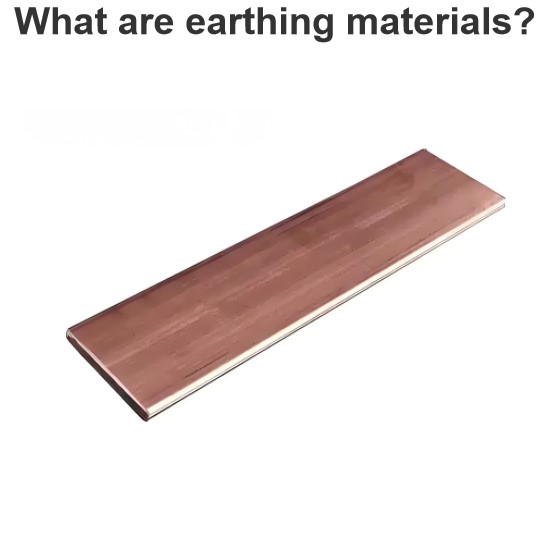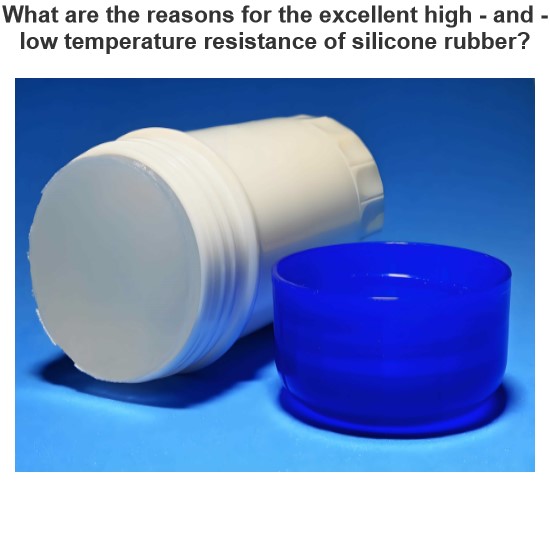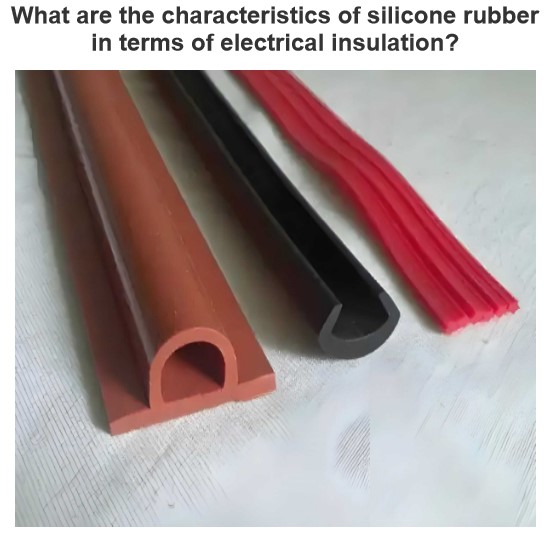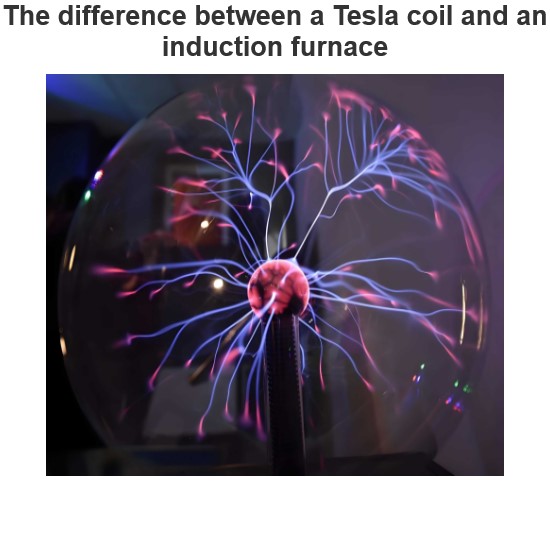Properties of Superconductors
The superconducting material shows some extraordinary properties which make them very important for modern technology. The research is still going on to understand and utilise these extraordinary properties of superconductors in various fields of technology. Such properties of superconductors are listed below-
Zero Electric Resistance (Infinite Conductivity)
Meissner Effect: Expulsion of magnetic field
Critical Temperature/Transition Temperature
Critical Magnetic Field
Persistent Currents
Josephson Currents
Critical Current
Zero Electric Resistance or Infinite Conductivity
In Superconducting state, the superconducting material shows the zero electric resistance (infinite conductivity). When the sample of a superconducting material is cooled below its critical temperature/transition temperature, its resistance reduces suddenly to zero. For example Mercury shows zero resistance below 4k.
Meissner Effect (Expulsion of Magnetic Field)
A Superconductor, when it is cooled below the critical temperature Tc), expel the magnetic field and doesn’t allow the magnetic field to penetrate inside it. This phenomenon in superconductors is called Meissner effect. The meissner effect is shown in figure below-
Critical Temperature/Transition Temperature
Critical temperature of a superconducting material is the temperature at which the materials changes from normal conducting state to superconducting state. This transition from normal conducting state (phase) to superconducting state (phase) is sudden / sharp and complete. The transition of mercury from normal conducting state to superconducting state is shown in figure below.
Critical Magnetic Field
The superconducting state / phase, of a superconducting material, breaks when the magnetic field (either external or produced by current flowing superconductor itself) increases beyond a certain value and sample starts behaving like an ordinary conductor. This certain value of magnetic field beyond which superconductor returns back to ordinary state, is called Critical magnetic field. The value of critical magnetic field depends on temperature. As the temperature (below the critical temperature) reduces the value of critical magnetic field increase.The variation in critical magnetic field with temperature is shown in figure below-
Persistent Current
If a ring made of a superconductor is placed in a magnetic field above its critical temperature, now cool the ring of superconductor below its critical temperature and now if we remove the magnetic field a current is induced in ring due to its self-inductance. By Lenz law the direction of this induced current is such that it opposes the change in flux passing through the ring. As the ring is in superconducting state (zero resistance), the current induced is ring will be continue to flow this current is called the persistent current. This persistent current produce a magnetic flux which makes the magnetic flux passing through the ring constant.
Josephson Current
If two superconductors are separated by a thin film of insulating material, which forms a low resistance junction, it is found that the cooper pairs (formed by phonon interaction) of electrons, can tunnel from one side of junction to the other side. The current, due to flow of such cooper pairs, is called Josephson Current.
Critical Current
When a current is passed through a conductor under superconducting state, a magnetic field is developed. If the current increase beyond certain value the magnetic field increased up to critical value at which conductor returns to its normal state. This value of current is called critical current.
Statement: Respect the original, good articles worth sharing, if there is infringement please contact delete.
Electrical4U is dedicated to the teaching and sharing of all things related to electrical and electronics engineering.














